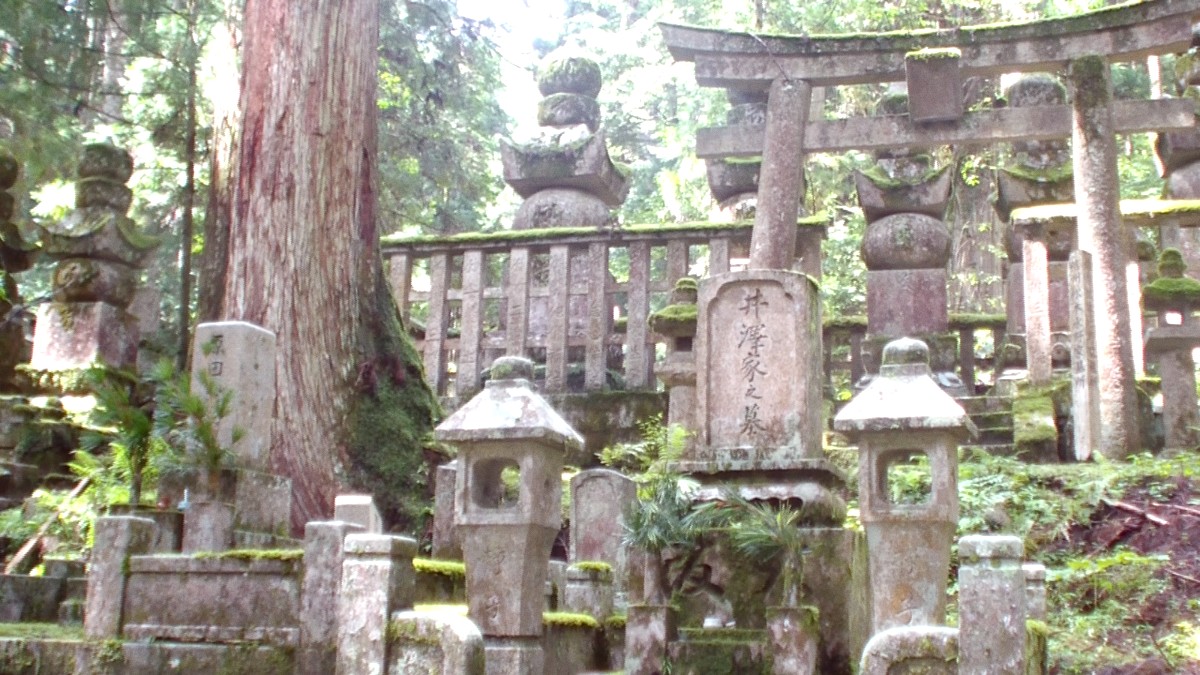
Central Honshu, Japan
Major Japanese mobile providers include Docomo, AU, and SoftBank. For tourists, purchasing a data-only SIM card is a choice.
Free Wi-Fi is widely available at hotels, many cafes, restaurants, tourist information centers, and major train/bus stations in Takayama.
Post offices in Japan are reliable for sending postcards or parcels internationally. They are identifiable by a red 〒 symbol.
Japanese is the official language. English proficiency varies. In Takayama, staff at major tourist establishments often speak some English.
Shops (Sanmachi Suji) are generally 9:00 AM - 5:00 PM. Restaurants: Lunch 11:30 AM - 2:00 PM; Dinner 5:00 PM - 9:00 PM. Last orders often by 8:00 PM.
Museums/Attractions: Typically open 9:00 AM - 5:00 PM, earlier in winter. Banks: 9:00 AM - 3:00 PM on weekdays, closed weekends/holidays.
Convenience store ATMs (7-Eleven, FamilyMart, Lawson) are usually 24/7 and accept international cards. Morning Markets: 6-7 AM to noon, daily.
Japan has national public holidays (e.g., New Year, Golden Week, Obon). Businesses may close, and transport can be crowded.
Some attractions or hiking trails in the Japanese Alps (e.g., Kamikochi) close during winter due to heavy snow.
Verify opening times and schedules for attractions and transport, especially during holidays or off-season. This helps you maximize your time.
A slight bow is a customary greeting. Deep bows are typically for formal settings.
Generally, modest and neat attire is appreciated. Casual clothing is fine for sightseeing.
Tipping is not expected or practiced in Japan. It can sometimes be confusing.
Generally, photography is acceptable in public spaces.
Embracing local etiquette leads to a and more enjoyable travel experience. It fosters positive interactions with the community.
For travelers with mobility challenges, understanding Takayama's infrastructure is useful.
Newer facilities, train stations, and modern hotels often have ramps, elevators, and accessible restrooms.
Many museums and larger attractions may have accessible entrances or elevators.
Dedicated services for travelers with visual or hearing impairments are more limited in Takayama compared to major cities.
Consult organizations like the Japan Accessible Tourism Center (JATC) or specific tourist information centers.
Thorough research and direct communication with service providers help ensure a smooth journey for travelers with specific needs.